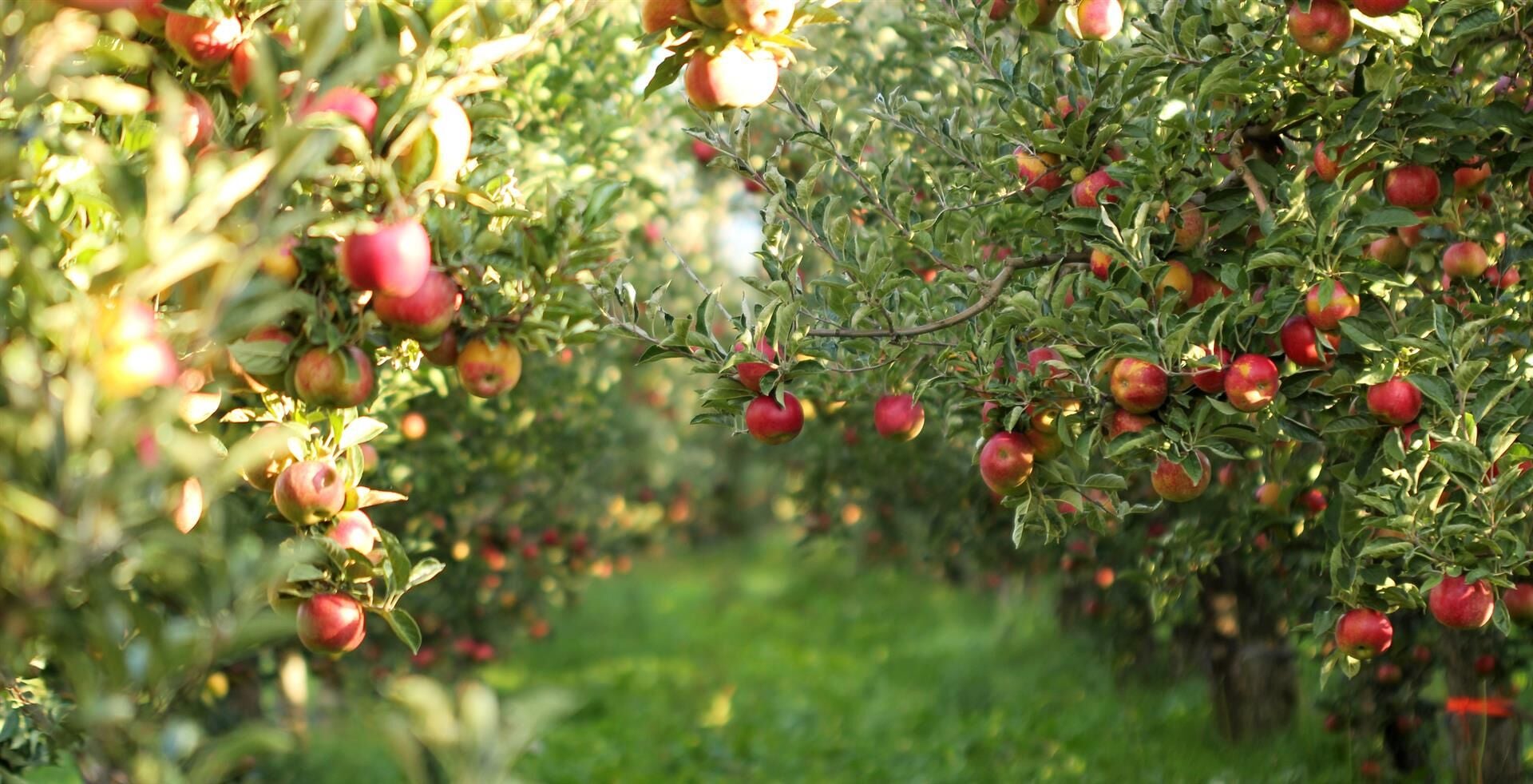Automation and human capital to play key role in sector’s growth.

It has come despite some severe supply chain challenges, both here and abroad, in markets whose consumers daily lives’ are far more constrained than what us Kiwis have become accustomed to.
Despite positive continued confidence, we have recently seen the primary sector’s growth story be limited more by human resources, than by lack of future markets.
The growth potential in areas like horticulture in particular is increasingly tempered by the ability to source skilled, enthusiastic people who want to work in it.
The horticulture sector is experiencing the growth pains that accompanied dairying’s surge over a decade ago, when regions like Canterbury and Southland struggled for staff on newly developed dairy conversions.
The horticulture sector is experiencing the growth pains that accompanied dairying’s surge over a decade ago, when regions like Canterbury and Southland struggled for staff on newly developed dairy conversions.
Similarly, today areas like the Northland with growth in avocado plantings, Otago with more cherry orchards and even the East Coast with more SunGold kiwifruit plantings, are all grappling with the need for more skilled long-term staff.
The horticulture sector has been creative in meeting those challenges however.
Significant incentives have been offered to get Kiwis moving to areas with the work, including accommodation supplements and bonuses for staff staying longer than six weeks in a position. The recent increase to the living wage of $22.10 an hour now being paid in packhouses in the kiwifruit sector is also receiving positive feedback.
The Recognised Seasonal Employer (RSE) scheme played a valuable role pre-Covid, drawing in up to 13,000 Pacific Island workers with the skills and capacity for hard work that accounted for much of every harvest’s success.
Unfortunately, Covid’s impact has forced a significant drop in numbers, with about half that available this year and prompting a doubling down on recruiting local staff.
Meantime the sector is also looking harder at automation and mechanisation to help ease the pressure. Last season saw the arrival of the world’s first robotic apple picker in T & G orchards, used to pick a range of apple varieties including the proprietary brands Jazz and Envy.
Less high tech but equally invaluable have been the use of motorised platforms among apple orchards, helping ease the sheer physicality of the intense job that can involve multiple ladder climbs in a day and be the equivalent of almost climbing Mount Cook over a couple of days.
New Zealand packhouses are also recognised as the most advanced, high tech in the world, with machines performing sorting, grading and packing tasks previously reserved for humans.
Major advances in New Zealand’s broad band connectivity is likely to also provide an invaluable backbone for future automation and robotic developments in the field.
Companies like Tauranga’s Robotics Plus well advanced on an autonomous orchard machine capable of carrying out varied field jobs, including picking and spraying.
The challenge however with technology in a seasonal business is generating a rate of return on the investment, but it is an equation that shifts with each rise in labour costs. “Technology definitely has a role to play but can’t bridge the productivity gap alone. In the absence of access to labour longer term, there could be limitations to growth in the primary sector and New Zealand’s ability to continue to capitalise on gaining shelf space internationally”.
“Technology definitely has a role to play but can’t bridge the productivity gap alone. In the absence of access to labour longer term, there could be limitations to growth in the primary sector and New Zealand’s ability to continue to capitalise on gaining shelf space internationally”.
Greater industry investment early on in the tech development process has been touted as a means to get tech to market more quickly, and affordably, without startup companies being left to do the capital intensive heavy lifting early on alone.
But Nick Hawken, Bayleys national director rural, cautions technology comes with a price when valuing technology’s addition to the orchard business.
“Just like measuring the return on investment for land purchase, the same is likely to apply for a technology decision. A key aspect to that decision making will probably include considerations of the productivity improvements or gains as a result of the technology” he says.
As the sector juggles growth with labour constraints, future orchard developments are likely to feature a greater blend of humans and machines working side by side. New sites are now configured and planted with robots in mind.
Meantime, greater investment is also being made in flesh and bone, with worker accommodation receiving major boost in many areas, greater training incentives to encourage school leavers to consider the industry, and 10-15% increases in pay rates.
But future investment in ventures is going to require greater cognisance of labour needs.
“Technology and human capital play important roles in most businesses, particularly in the rural space and we have recently seen how labour constraints can impact cash returns. Just like the consideration of access to water and productive soils, proximity and accessibility of labour will continue to be a focus as the primary sector grows.”
He says logically, with the Government now allowing bubbles with other nation(s), and with the roll out of vaccinations globally, one could presume New Zealand’s ability to tap into more foreign labour pools is not too far on the horizon.
“Scarcity of labour is nothing new, and while its bubbled to the surface recently due to border restrictions, there is going to be increasing demand for productive labour to meet the primary sector’s growing global opportunity.
Inevitably, the old real estate adage “location, location, location” will play a role, with future development and growth as investors consider local labour resources as critically as water supplies and soil types when planning new ventures in the primary sector.
-small.jpg)